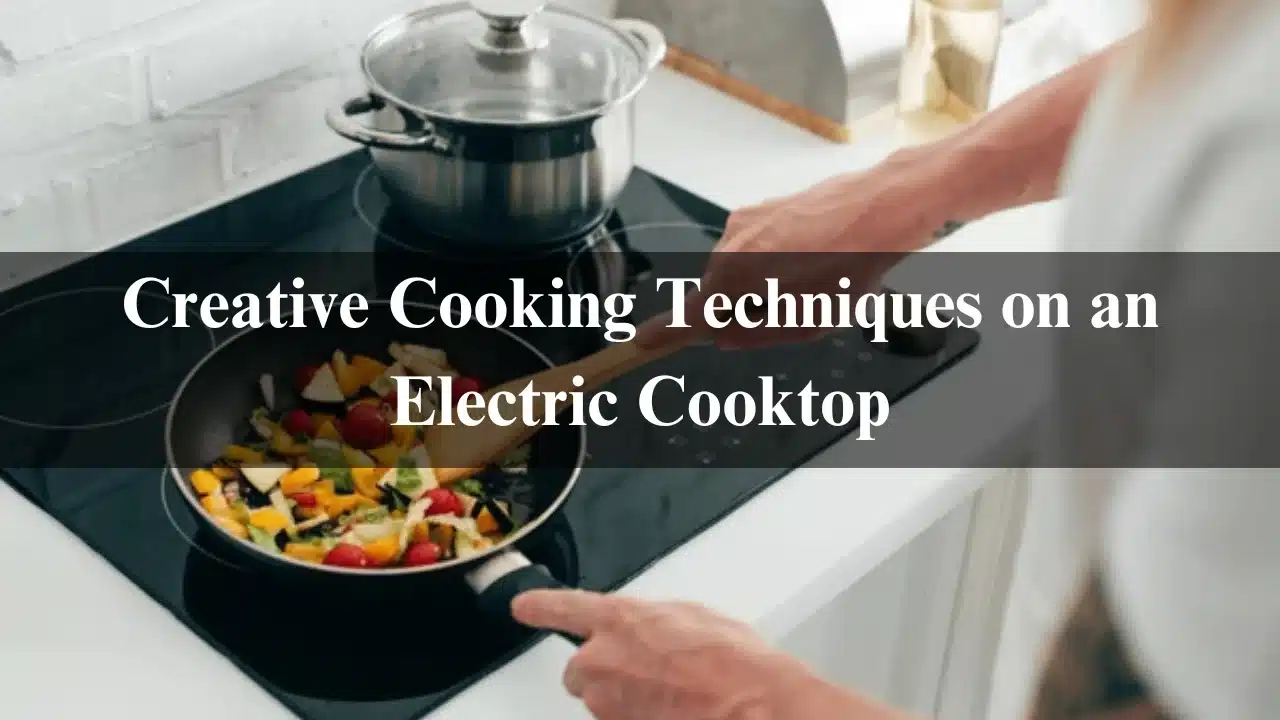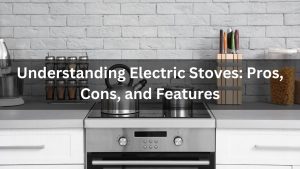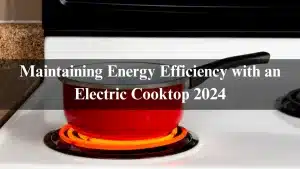Hey there! Ever wonder if you can get creative while cooking on an electric cooktop? Well, guess what—you totally can! Electric cooktops might not have the open flames of gas stoves, but they bring their kind of magic to the kitchen. With a little know-how, you can make some fantastic meals while learning a few cool techniques.
In this guide, we’ll going to explore some fun and easy ways to level up your cooking on an electric cooktop. Whether you’re a total beginner or looking for new tricks, these ideas will help you get the most out of your cooktop. Let’s dive in!
Table of Contents
Overview of Electric Cooktops
Electric cooktops have become a staple in modern kitchens. They offer convenience and a sleek design that fits well in a variety of settings. Electric cooktops are known for their precise heat control, making them ideal for a range of cooking methods. Whether you are a novice or an experienced chef, learning how to maximize your cooking potential on an electric cooktop can significantly elevate your kitchen skills.
Why Electric Cooktops Are Gaining Popularity?
More home cooks are opting for electric cooktops due to their easy maintenance and even cooking surfaces. Unlike gas stoves, electric cooktops offer a flat surface that is easy to clean and provides consistent heat. Their smooth design also adds a modern aesthetic to kitchens, making them popular in contemporary home designs.
Challenges with Electric Cooktops
While electric cooktops are convenient, they come with certain challenges. It can take longer for them to heat up compared to gas stoves. Additionally, adjusting the temperature quickly can be difficult since the coils or heating elements retain heat longer. Understanding these nuances is key to mastering the art of cooking on an electric cooktop.
Why Electric Cooktops Are Great for Creative Cooking?
Electric cooktops sometimes get a bad rap, but they can be amazing once you know how to use them. They heat evenly, are easy to clean, and can handle almost any cooking style you throw at them.
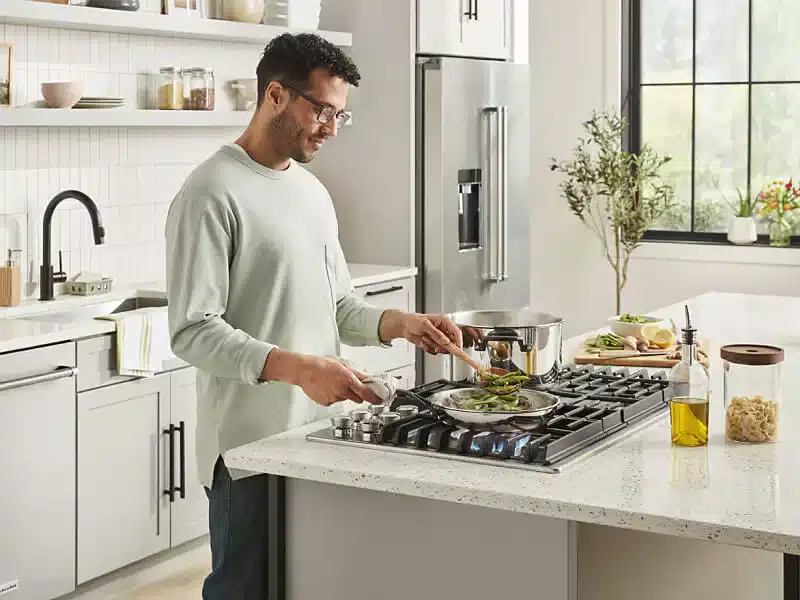
Plus, with no open flames, electric cooktops are a bit safer when you’re trying something new. You don’t have to worry about the flame being too high or low. Just set the dial, and you’re good to go!
Mastering the Basics of an Electric Cooktop
Before we get into the fun stuff, let’s make sure we’ve got the basics down.
Understanding Heating Elements
Your electric cooktop uses heating elements to transfer heat to your cookware. These are the rings or areas on the stove that heat up when you turn the dial.
Some cooktops use coil burners (those spiral-shaped ones) while others have smooth-top burners that look like flat pieces of glass. Both work great, but the smooth-top ones are usually easier to clean.
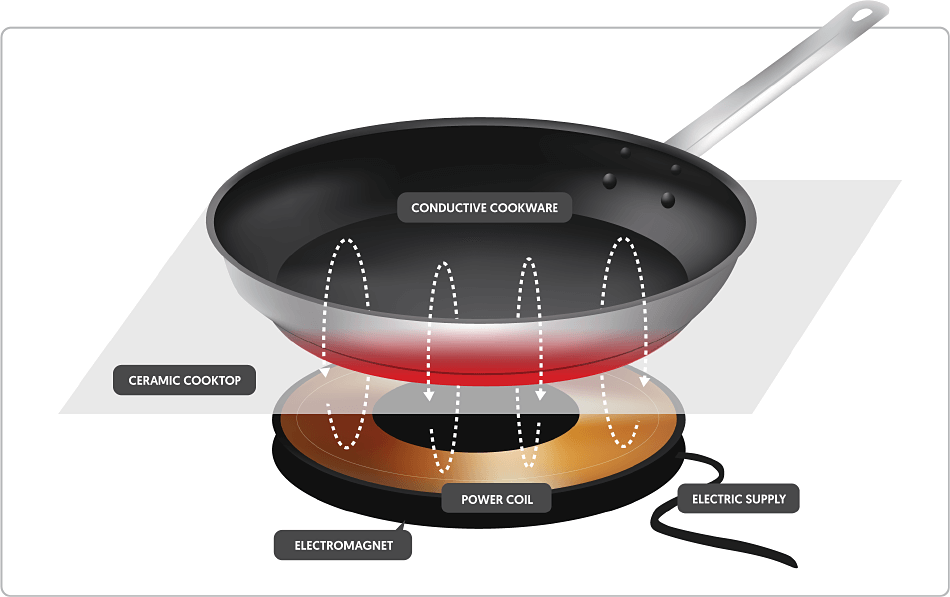
Think of your heating element as the engine of your car. You need to know how to control it to get the best performance!
1. Mastering Temperature Control
Understanding Heat Levels on Electric Cooktops
Electric cooktops have distinct heat settings, usually ranging from low to high. Each setting provides specific cooking advantages, from slow simmering to rapid boiling. Familiarize yourself with these settings to better control the cooking process.
How to Use Temperature Settings Like a Pro?
Learning how to switch between them will make a huge difference in your cooking.
Here’s a quick guide:
- Low Heat: Best for simmering sauces or melting chocolate.
- Medium Heat: Perfect for cooking eggs or sautéing veggies.
- High Heat: Great for boiling water or searing meat quickly.
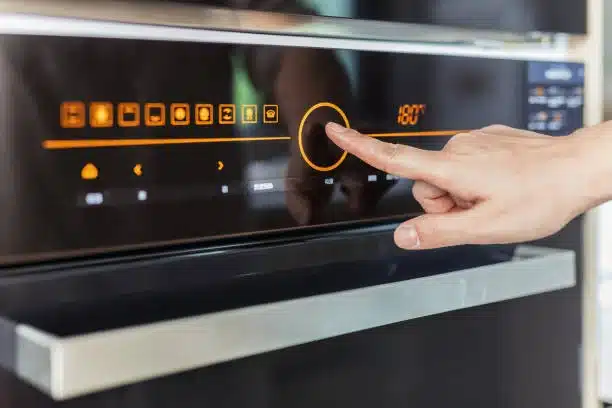
It’s super important to preheat the element before cooking—just like you would preheat an oven!
Preheating for Optimal Results
Unlike gas stoves, electric cooktops take time to reach the desired temperature. Preheating the cooktop for a few minutes ensures even cooking and prevents undercooking. This is especially useful for recipes requiring high heat, such as searing meat or stir-frying.
Maintaining Consistent Heat for Cooking
Maintaining consistent heat is crucial when cooking on an electric cooktop. Once heated, the cooking surface retains heat well, but adjustments may take time. Be mindful of this delay when switching between different heat levels to avoid burning or undercooking.
2. Searing Techniques on Electric Cooktops
Achieving a Perfect Sear
Searing requires high heat to develop a flavorful crust on meat or vegetables. Use a heavy-bottomed pan, such as cast iron, to achieve the perfect sear. Heat the pan thoroughly before adding oil and food to avoid sticking.
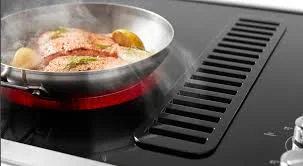
Best Pans for Searing
Cast iron and stainless steel pans are ideal for searing on electric cooktops. Their ability to withstand high temperatures without warping makes them the go-to choices for creating a restaurant-quality sear.
Using Cast Iron for High Heat Cooking
Cast iron pans retain heat exceptionally well, which is essential for high-heat cooking. Preheat the pan slowly to avoid damaging the cooktop’s surface. Once heated, cast iron maintains consistent heat, perfect for searing steaks or sautéing vegetables.
3. Simmering Delicate Dishes
Using the Low Heat Setting Effectively
Low heat settings are perfect for simmering sauces, soups, and stews. The gentle heat prevents the food from boiling over and maintains the flavor integrity of delicate ingredients.
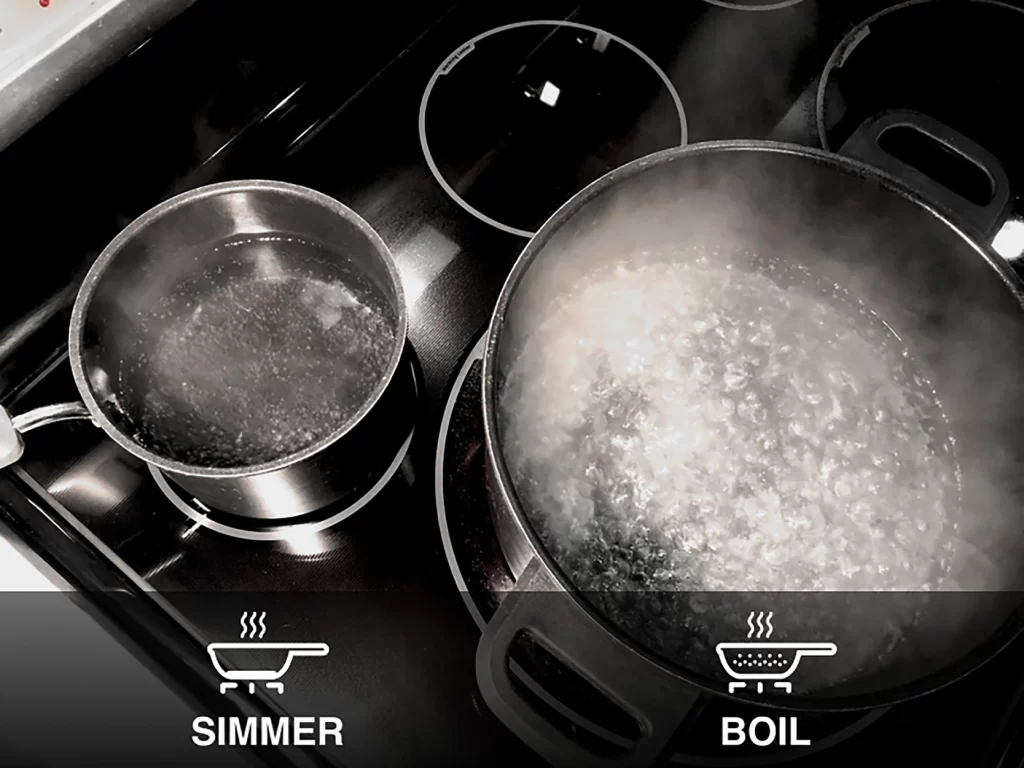
Making Perfect Sauces and Stews
Simmering on low heat allows the ingredients to meld together, enhancing the flavor of sauces and stews. Stir occasionally to avoid sticking and to ensure even cooking throughout the dish.
Slow Cooking without a Slow Cooker
You can mimic slow-cooking techniques on an electric cooktop by using the lowest heat setting. Dishes like braised meats or hearty stews benefit from this slow, steady cooking method, producing tender results without needing specialized equipment.
4. Stir-Frying on an Electric Cooktop
Maximizing Heat for Quick Stir-Fries
Stir-frying requires high heat and quick movements. Electric cooktops can handle stir-frying if preheated properly. Use a flat-bottomed wok for better heat distribution and toss ingredients quickly to avoid overcooking.
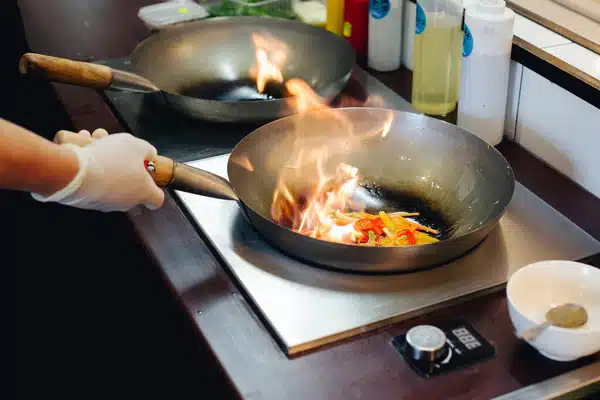
Choosing the Right Wok
For electric cooktops, a flat-bottomed wok works best. The flat surface ensures maximum contact with the heating element, allowing for even heat distribution during cooking.
Cooking Stir-Fried Dishes Evenly
Preheat the wok and use oil with a high smoke point, such as peanut or vegetable oil. Add ingredients in small batches to prevent overcrowding, which can lower the temperature and lead to uneven cooking.
5. Pan-Roasting Techniques
Combining Stove and Oven for Pan-Roasting
Pan-roasting is a technique that starts on the stove and finishes in the oven. Sear the food on the cooktop, then transfer the pan to a preheated oven to complete the cooking. This method is ideal for thick cuts of meat and root vegetables.

Ideal Foods for Pan-Roasting on an Electric Cooktop
Thicker cuts of meat, such as chicken breasts or pork chops, benefit from pan-roasting. Vegetables like potatoes, carrots, and Brussels sprouts also develop a crispy exterior while staying tender inside when pan-roasted.
Achieving Crisp Exteriors and Tender Interiors
Use a heavy-bottomed pan to sear your food on high heat, then transfer to the oven to finish cooking. This ensures a crisp exterior and a tender, juicy interior, especially for meats.
6. Cooking with Residual Heat
Maximizing Efficiency with Residual Heat
Electric cooktops retain heat after being turned off. Utilize this residual heat to finish cooking dishes such as scrambled eggs, melting cheese on a burger, or gently warming sauces without burning.
Perfect Dishes for Cooking with Residual Heat
Dishes like soft scrambled eggs or melted cheese can benefit from residual heat. This method helps avoid overcooking while saving energy.
Safety Tips When Handling Hot Surfaces
Always use pot holders or oven mitts when handling pans after turning off the heat. Even though the burners may not glow, the surface remains hot for a while.
7. Grilling on an Electric Cooktop
How to Grill Using a Grill Pan
A grill pan with ridges simulates the grilling experience on an electric cooktop. Preheat the pan thoroughly and place your food across the ridges to create grill marks.
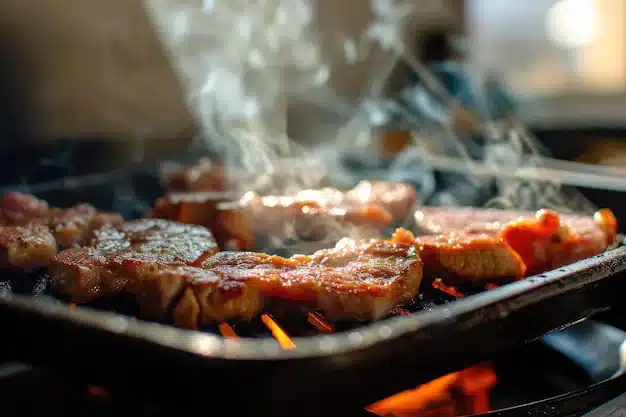
Creating Grill Marks on Meat and Vegetables
To get the best grill marks, press the meat or vegetables onto the ridges and avoid moving them until they release easily. This helps create defined marks while locking in flavor.
Handling Grease and Smoke on Electric Cooktops
When grilling indoors, grease and smoke can accumulate. Use a splatter screen and keep the ventilation fan running to minimize smoke. Clean up grease immediately to prevent stains on the cooktop.
8. Boiling and Steaming Techniques
Quick Boiling Hacks
To boil water faster, cover the pot with a lid and use the highest heat setting. Salt the water after it boils to avoid pitting on stainless steel pots.

Using Steamer Baskets on Electric Cooktops
Steamer baskets are great for cooking vegetables and seafood. Simply place the basket over boiling water, cover it with a lid, and steam until the food reaches the desired tenderness.
Steaming Vegetables and Seafood to Perfection
Monitor the time closely when steaming vegetables or seafood to avoid overcooking. Check for doneness by piercing with a fork—when it goes through easily, the food is ready.
9. Baking on an Electric Cooktop with a Dutch Oven
Dutch Oven Basics
Dutch ovens are versatile for stovetop baking. The thick walls and lid provide even heat, mimicking an oven. This is ideal for baking bread or making casseroles.
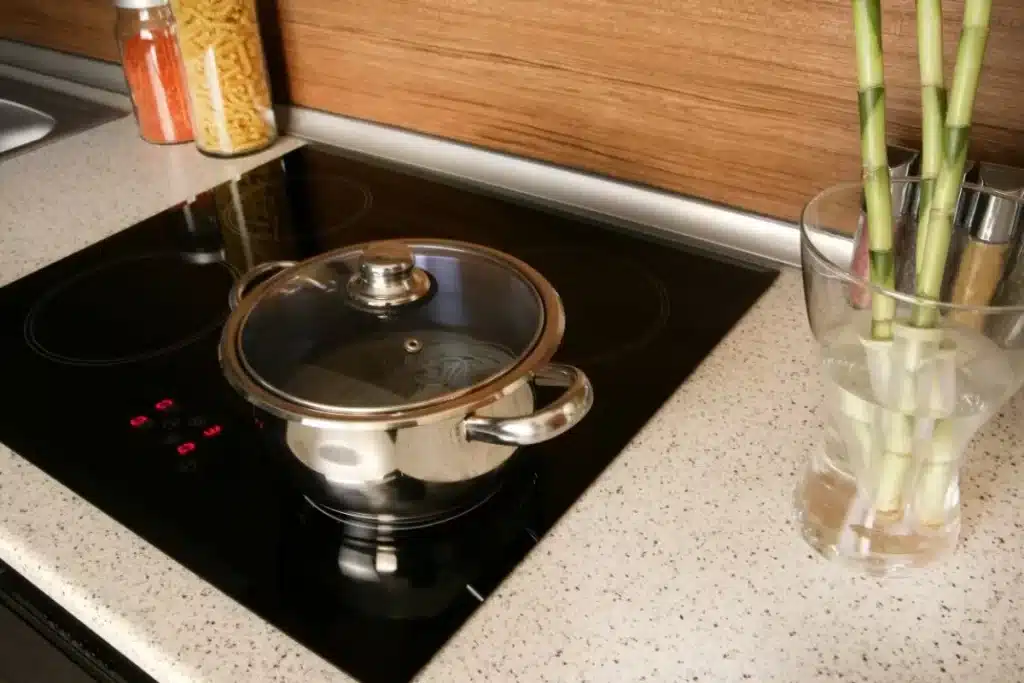
Baking Bread and Casseroles on the Stovetop
To bake on the cooktop, preheat the Dutch oven slowly. Once hot, place the dough or casserole inside and cover tightly with the lid to trap the heat.
Maintaining Even Heat for Baking
Keep the heat at a low to medium setting to prevent burning. Rotate the pot occasionally to ensure even cooking.
10. Poaching Eggs and Fish on Low Heat
Mastering the Poaching Technique
Poaching involves cooking delicate foods in simmering water. For eggs, create a gentle whirlpool in the water to help the whites wrap around the yolk.
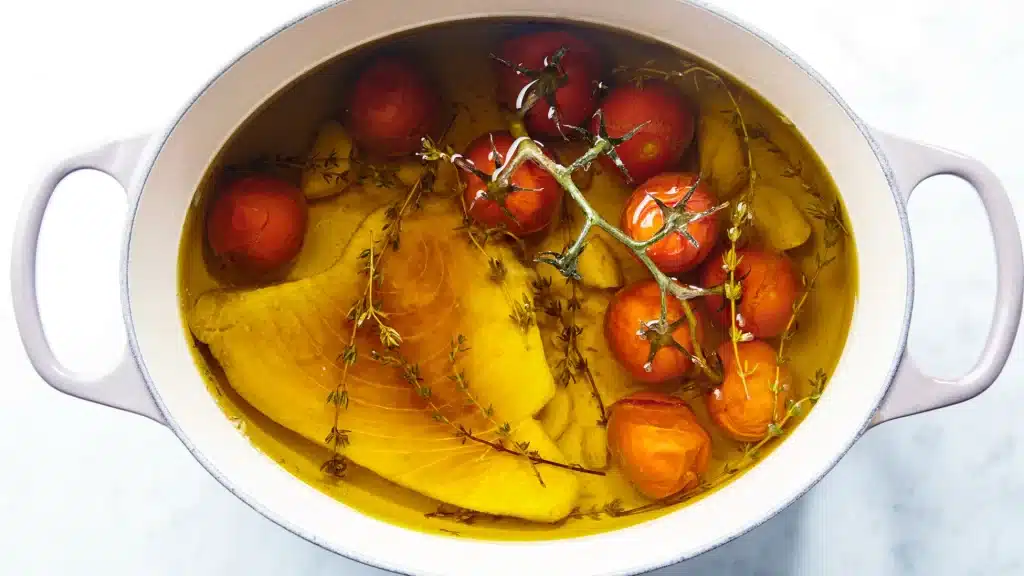
Poaching Eggs Without Vinegar
You can poach eggs without vinegar by using fresh eggs and keeping the water at a low simmer. The fresher the egg, the better it will hold its shape.
Cooking Poached Fish without Overcooking
To poach fish, submerge it in seasoned water or broth at a low simmer. Cook for a few minutes until the flesh turns opaque and flakes easily with a fork.
11. Making Perfect Rice and Grains
Electric Cooktop Tips for Cooking Rice
Use a heavy pot with a tight-fitting lid to cook rice. Once it reaches a boil, lower the heat to a simmer and cover the pot. Let it cook undisturbed for perfect, fluffy rice.
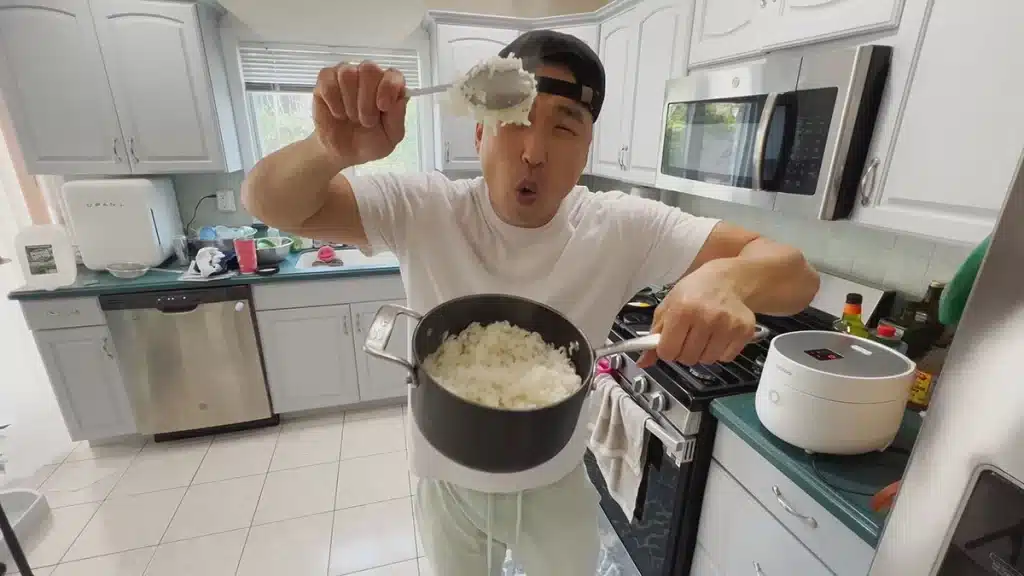
Steaming Grains with Precision
For grains like quinoa or farro, use a similar technique. Bring the water to a boil, then lower to a simmer, cover, and cook until the grains absorb the liquid.
Avoiding Sticky or Undercooked Grains
Use the correct water-to-grain ratio and avoid stirring while the grains cook. Stirring can cause them to release starch, leading to sticky or unevenly cooked results.
12. Creative Sous Vide Cooking on an Electric Cooktop
Sous Vide Basics on a Cooktop
While sous vide typically requires specialized equipment, you can mimic the technique on an electric cooktop. Maintain a consistent water temperature to cook vacuum-sealed food slowly.
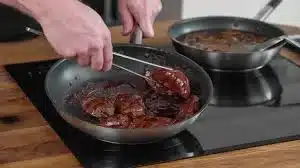
Maintaining Precise Water Temperature
Use a thermometer to monitor the water temperature closely. Keep the heat low and adjust as necessary to maintain precision during cooking.
Cooking Meats and Vegetables Sous Vide Style
Sous vide allows you to cook food evenly and retain moisture. Meats come out tender, and vegetables remain crisp yet cooked through.
Cooking with Induction Electric Cooktops
Differences Between Induction and Coil Cooktops
Induction cooktops use electromagnetic fields to heat pans directly, offering faster and more precise heat control. Coil cooktops heat the surface first, then transfer the heat to the pan.
Advantages of Induction for Creative Cooking
Induction cooktops offer quicker temperature adjustments and faster cooking times, making them ideal for precise cooking techniques like searing and simmering.
Special Pans Needed for Induction Cooking
Induction cooktops need cookware with magnetic properties. Cast iron and stainless steel work well, while aluminum and copper do not.
Cleaning and Maintaining Your Electric Cooktop
Daily Cleaning Tips
Wipe down your electric cooktop after each use with a damp cloth. For glass surfaces, use a gentle cleaner to avoid scratches.
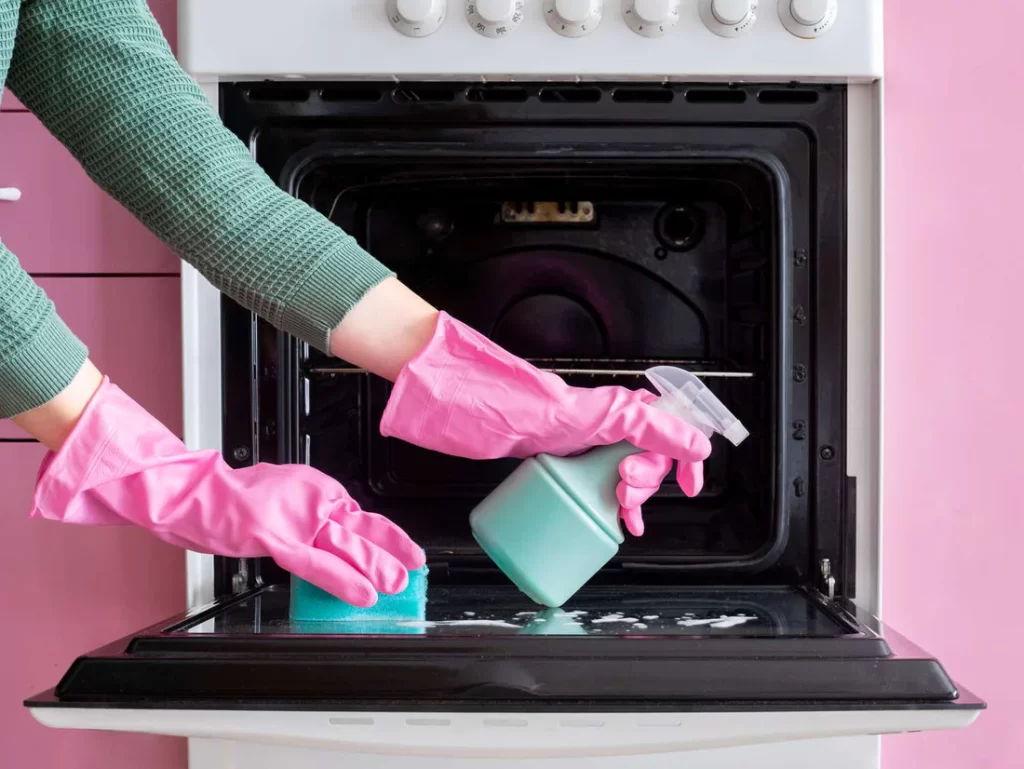
Dealing with Stains and Spills
You can eliminate stubborn stains using a blend of baking soda and water. Let the paste sit for a few minutes, then scrub gently with a soft sponge.
Long-Term Care for Electric Cooktops
Regular maintenance will prolong the life of your cooktop. Avoid dragging heavy pots across the surface to prevent scratches and clean up spills immediately to avoid discoloration.
Cooking Tips to Make the Most of Your Electric Cooktop
Here are some quick tips to help you get even better results.
How to Get Even Heating
Electric cooktops are known for heating evenly, but sometimes it can take a minute for the heat to spread across the pan. Make sure you’re using flat-bottomed pots and pans—they help the heat travel better.
What Is the Best Cookware for Creative Cooking on an Electric Cooktop?
Speaking of cookware, what you use matters! Cast iron, stainless steel, and ceramic are great for electric cooktops. Avoid thin pans, as they can heat unevenly and burn your food. Yikes!
Should You Invest in Specialty Cookware for Electric Cooktops?
While your standard cookware will work fine, some types of pots and pans are better suited for electric cooktops. Based on my experience, here’s what I recommend:
| Cookware Type | Ideal Use | Benefits |
| Cast Iron Skillet | Searing, browning, roasting | Retains heat for even cooking |
| Stainless Steel Pan | Sautéing, frying | Durable, non-reactive, even heating |
| Nonstick Pan | Delicate foods like eggs | Easy to clean, prevents sticking |
| Copper Core Pan | Fast heat conduction | Ideal for precision cooking |
Fun Recipes to Try Out on Your Electric Cooktop
Ready to put your cooktop to the test? Here are some easy and creative recipes you can try:
➊ One-Pan Pasta: Cook everything—pasta, sauce, and veggies—in one pan for easy cleanup!
➋ Stir-fried veggies: Use medium heat to make crunchy, delicious veggies.
➌ Pan-Seared Salmon: Sear your salmon on high heat for that crispy skin, then finish on low.
How to Practice Temperature Control for Precise Cooking?
Temperature control is the cornerstone of creative cooking. Mastering this skill on an electric cooktop opens the door to perfecting dishes like:
- Soft-boiled eggs: By maintaining a gentle simmer, you can cook eggs to the perfect consistency every time.
- Slow-cooked stews: By setting the heat to a low, steady simmer, you can break down tough cuts of meat over time without losing moisture.
Key Takeaways:
- Electric cooktops heat evenly and are great for creative cooking techniques.
- Learn to master temperature settings for better control.
- Use the right cookware to ensure even heating and prevent sticking.
- Try fun techniques like pan searing, simmering, and slow cooking for amazing results.
Related Articles:
What’s The Top Best Electric Cooktop With Downdraft?
How to Choose the Right Size Electric Cooktop-Info 2024
Installation Of Electric Cooktop Latest Update 2024
Electric Cooktops Read All the Latest Info About It 2024
Conclusion
In conclusion, electric cooktops offer plenty of versatility and opportunities for creative cooking. With techniques like searing, simmering, and even sous vide, you can master a wide variety of dishes. The even heating, temperature control, and ease of cleaning make them a great option for any kitchen. By understanding how to manage heat and use the right cookware, you’ll be able to maximize the potential of your electric cooktop and create delicious meals with ease. Happy cooking!
FAQs
What are the best pans to use on an electric cooktop?
Cast iron and stainless steel pans work best due to their durability and even heat distribution.
How do I prevent food from sticking on an electric cooktop?
Preheat your pan and add enough oil or butter to create a non-stick surface.
Can I use cast iron pans on electric coil cooktops?
Yes, cast iron is great for high-heat cooking and works well on electric coil cooktops.
How can I avoid burning food on an electric cooktop?
Monitor the heat settings and adjust slowly. Electric cooktops retain heat longer than gas stoves.
Is cooking on an electric cooktop energy-efficient?
Yes, electric cooktops are energy-efficient, especially when using residual heat for cooking.

